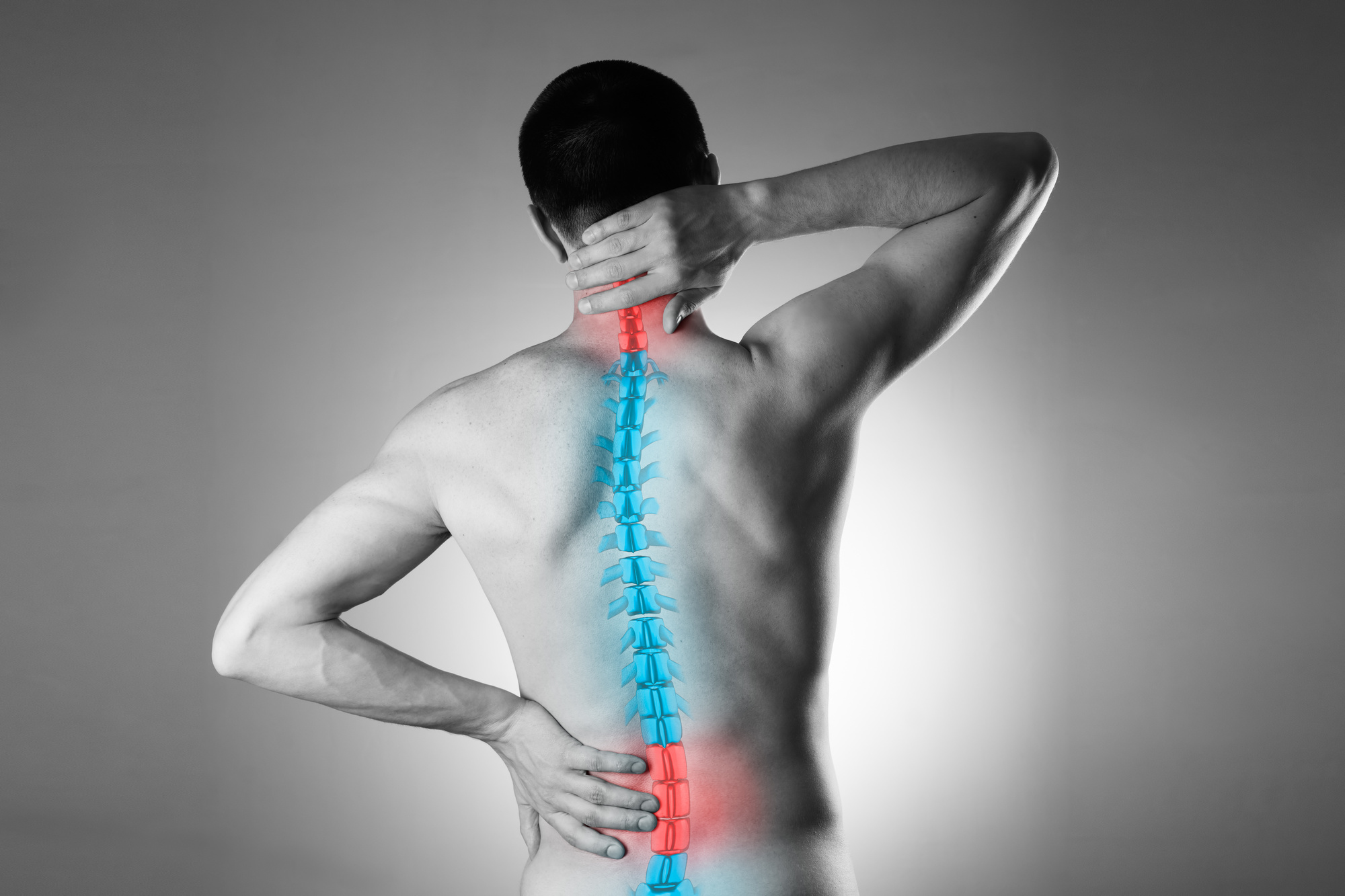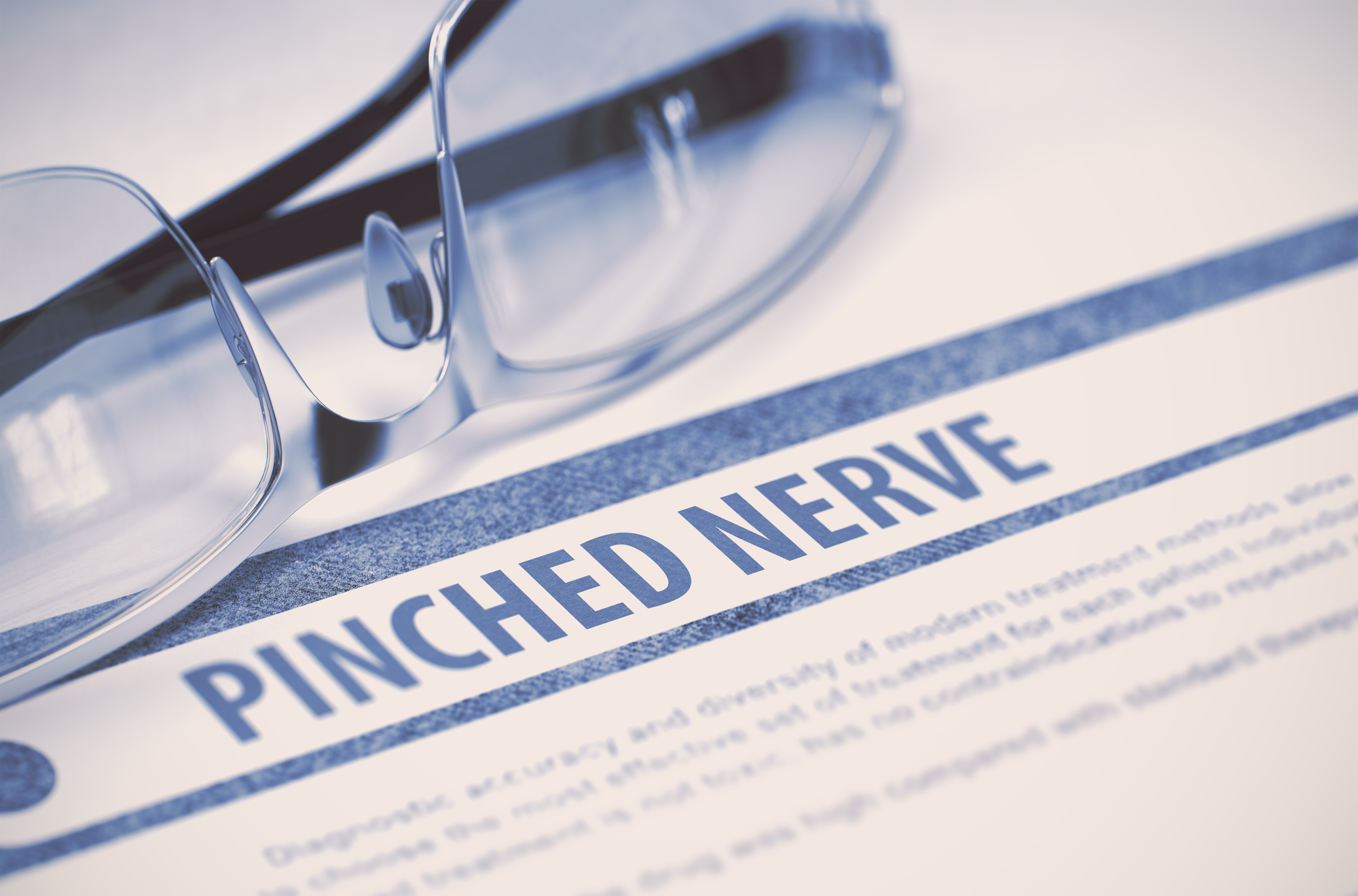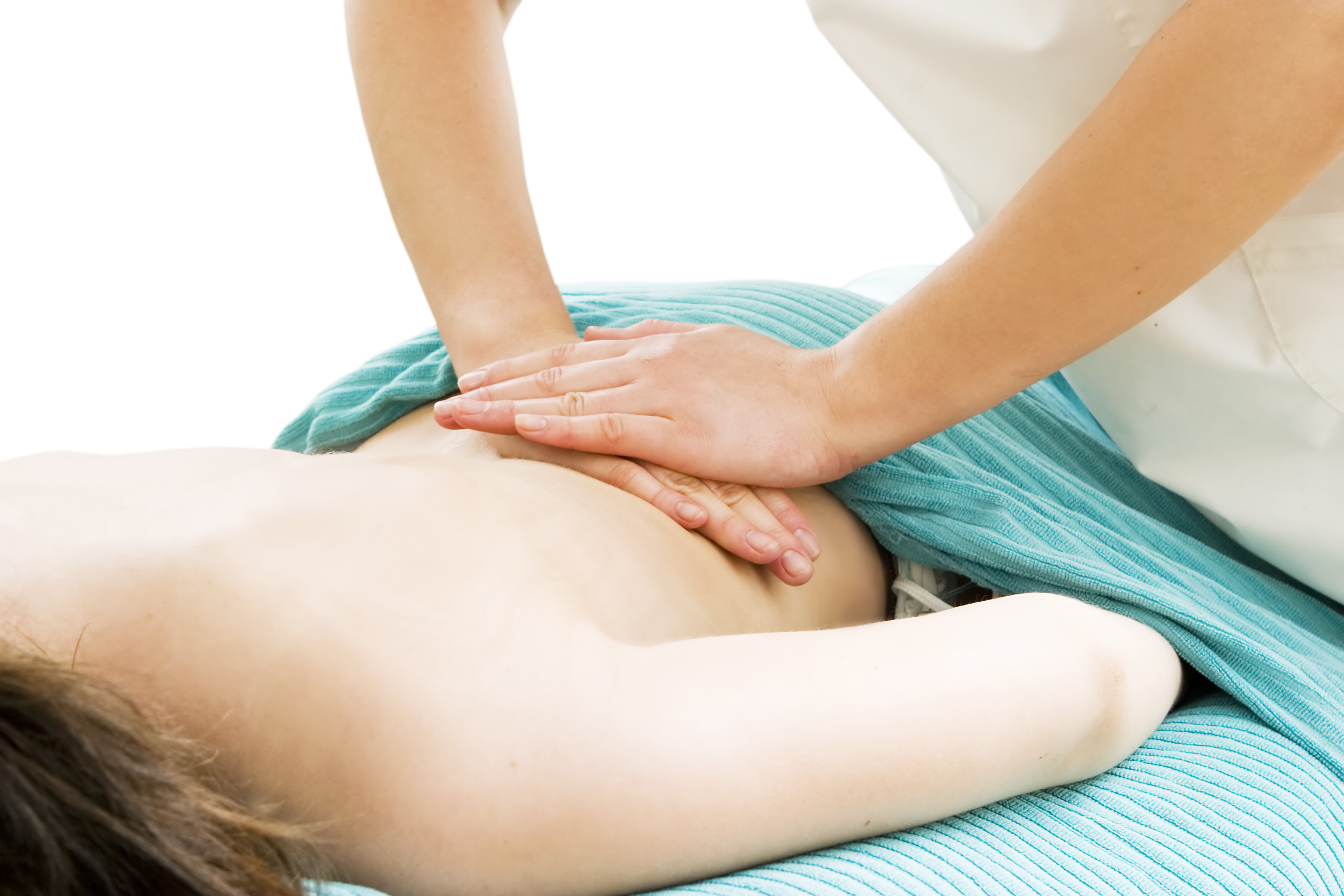As you get older, it is inevitable that your body will begin to change. Your muscles, joints, and bones may not be as lithe and flexible as they once were.
As you get older, it is also easier to injure yourself. And unlike in your younger days, you may find that it takes longer and longer for your body to heal from those injuries.
One common injury people experience as they get older is a pinched nerve. Nerves exist throughout our entire body. Every once in a while, one of those nerves can become pinched. A pinched nerve is both painful and uncomfortable.
Read on for information on how to deal with a pinched nerve until you can get the medical help you need.
Symptoms of a Pinched Nerve
A pinched nerve is when there is damage to a nerve or a group of nerves. There can be many causes for it, such as when a disc, bone, or muscle places increased pressure on a nerve.
Below are some of the most common symptoms of a pinched nerve:
Pins and Needles
A pinched nerve can lead to tingly sensations that feel like “pins and needles”. These feelings can sometimes lead to a feeling of numbness or a burning sensation and usually radiate from the source of the pinched nerve.
Radiating Pain
One of the most common symptoms of a pinched nerve is pain that radiates from the source. Usually, you will feel a concentrated pain from the source, and then feel the pain start to radiate in other directions from that source.
Muscle Weakness
Muscle weakness is also a common symptom of a pinched nerve. If the pinched nerve is in your neck or shoulders, it may affect your grip. Many people have reported that their arm or hand becomes stiff.
How to Deal With a Pinched Nerve?
A pinched nerve can be painful and uncomfortable. How to deal with a pinched nerve? There are many things that you can do that will help alleviate your symptoms and also help with preventing it from happening again.
Posture
Adjusting your posture can relieve a lot of pain caused by a pinched nerve. Proper posture is crucial for taking stress off of delicate joints. Sitting or standing with incorrect posture for long periods of time may damage the spine and muscles, leading to a pinched nerve.
You need to find the most comfortable position for yourself, whether you are standing or sitting. Using cushions, adjustable chairs, and neck rests when sitting can also be a great idea to allow the nerve to heal.
Ergonomic Workstation
An ergonomic workstation is a workstation that is designed for efficiency and comfort. Things like your chair, the height of your desk, and monitor all contribute to your workstation.
Ergonomic workstations have been gaining popularity rapidly because of various health benefits. For those who spend most of their day in an office, there is a lot of time spent at a workstation.
If you are dealing with pinched nerves, you could try making changes to your workstation. For example, using an ergonomic mouse and keyboard may help reduce pressure in the hands and wrists. Raising your computer monitor to eye level may help reduce neck pain.
Standing workstations have also become popular in the workplace as they can help keep the spine moving and flexible. Mobility and standing throughout the day can be crucial to preventing and treating a pinched nerve.
Sleep and Rest
Sleep and rest are one of the best ways on how to deal with a pinched nerve. Sleep is essential for healing a pinched nerve. The body repairs itself during sleep, so making sure you are getting as much rest as possible will ensure a faster healing process.
If you have the luxury to do so, take a couple days off work so that you can rest properly. Ideally, you should rest until all of your symptoms have gone away.
Overusing a pinched nerve can lead to even more severe nerve damage. If you have a pinched nerve, try to stay away from movements that irritate the nerve. Also, try to sleep in a position that relieves pressure on the pinched nerve.
Massage and Physical Therapy
Getting a massage or seeing a physical therapist may also help reduce physical pain and stress. Applying gentle pressure around the pinched nerve may help relieve tension. Massages can also be very effective in helping tense muscles relax.
Stretching
Gentle stretching can provide great relief for a pinched nerve. It is important to listen to your body and make sure you are not stretching too deeply, which may make your symptoms worse.
Yoga is a great way to relax and stretch. Stretching out the affected area can help relieve tension and pressure. If you experience any pain or discomfort, you should stop immediately to avoid damaging the nerve any further.
Apply Heat or Ice
Applying heat or ice to the pinched nerve can also be helpful in alleviating any symptoms. Heat relaxes tense muscles and also increases blood flow. Heating pads in various sizes can be found at your local pharmacy or drugstore.
Ice can reduce swelling and inflammation. This can also be very beneficial for a pinched nerve. Many doctors will recommend alternating between heat and ice. The combination of hot and cold increases the circulation of fresh blood to the area, which helps relieve pain and also speeds up the healing process.
Over-the-counter Pain Relievers
If your symptoms are too painful or uncomfortable to go about your daily routine, then you may want to try an over-the-counter pain reliever. There are many anti-inflammatory drugs, like ibuprofen or aspirin, that can be found at any local pharmacy. You should always check with your doctor before taking any new medications.
Antioxidants
Antioxidants have anti-inflammatory properties that help reduce stress and supply minerals that can help your body recover. Making sure you are eating antioxidant-rich foods can help prevent you from getting a pinched nerve in the future.
When to See a Doctor
While a pinched nerve may go away on its own, it is important that anyone that continues to feel pain after regular treatments or for more than a few days should see a doctor as soon as possible.
Here are a few symptoms that require medical attention as soon as possible:
- affecting your bowel or bladder
- inability to grip objects
- causing a whole limb to be weak or give out
Your doctor may prescribe a stronger anti-inflammatory medication, suggest additional testing, or have you see a physical therapist. Pinched nerves can also be easily treated with a minimally invasive procedure called an endoscopic discectomy.
Ready to Feel Better from a Pinched Nerve?
A pinched nerve can affect your daily schedule and routine quite a bit. It may seem overwhelming to figure out how to deal with a pinched nerve.
However, there are many things you can do to help alleviate your symptoms and hopefully speed up the healing process. Making sure you are listening to your body and getting the rest you need will ensure that you will be back to your normal self in no time.
Check us out for more information if you have a pinched nerve or back pain.



